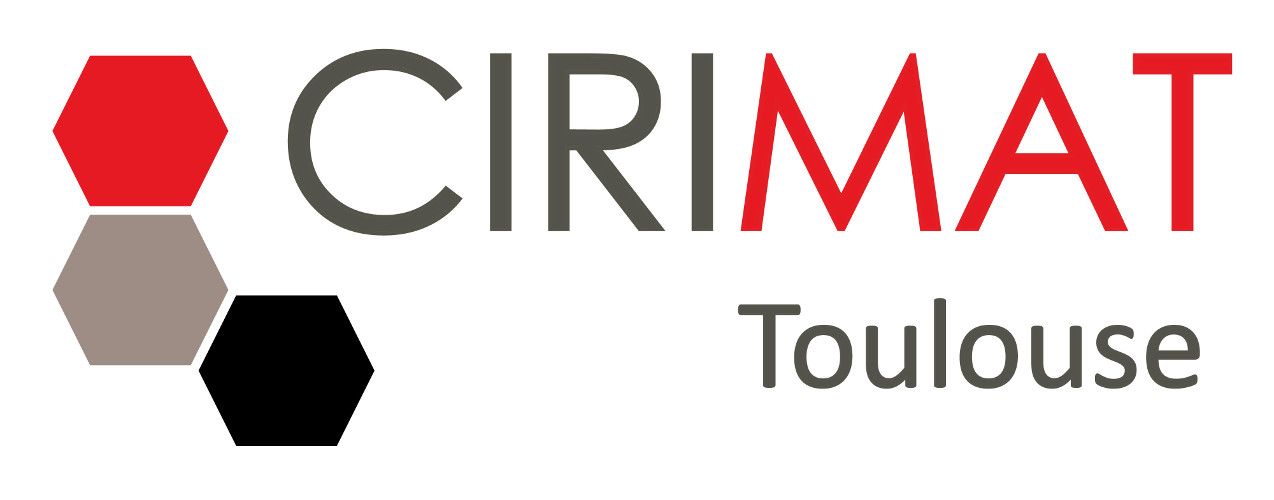Synthesis and characterization of photocatalytic nanomaterials for hydrogen production
CHEMISTRY & GREEN CHEMISTRY

Lab: CIRIMAT
Duration: 8 months part-time internship
Latest starting date: 01/12/2023
Localisation: CIRIMAT
Supervisors:
Emmanuel FLAHAUT emmanuel.flahaut@univ-tlse3.fr
Work package:
In recent days, carbon nanomaterials have been used in various fields due to their chemical stability and the abundance of source materials. They are available in various dimensions from 0D, 1D, and 2D morphologies. Due to their efficiency, they are employed in biomedical, electronic, and catalysis as well as for many energy storage and conversion applications [1]. These materials may be implemented as photocatalysts for the splitting of water or as materials for energy storage, mainly hydrogen storage. A proper photocatalyst should have a band gap in the visible region with minimum recombination of charges and high stability. Graphitic carbon nitride (g-C3N4) is one such materials. However, in the bulk phase, the recombination of photogenerated carriers is high. Optimizing the size and forming composites with CNTs reduces the recombination rate of photogenerated carriers. [2, 3]
The aim of this project is to focus on the simple synthesis of hybrids of 1D and 2D carbon nanomaterials (carbon nanotubes, graphene and related materials) for their application as photocatalysts for water-splitting reactions (and possibly also for hydrogen storage if they perform well). A simple in situ synthesis especially of the CNTs and g-C3N4 will be mainly targeted as the properties will be highly enhanced due to uniformity. The possible positive impact of functionalization of CNTs will also be analyzed to improve the photocatalytic activity of the hybrids. Characterization techniques such as powder XRD, Raman spectroscopy, TGA, SEM, and TEM will be used for the characterization of the prepared hybrids.
References:
1) Maduraiveeran, Govindhan, and Wei Jin. "Carbon nanomaterials: Synthesis, properties and applications in electrochemical sensors and energy conversion systems." Materials Science and Engineering: B 272 (2021): 115341.
2) Li, Zehao, et al. "In-situ microwave-assisted heating synthesis of a high-performance g-C3N4/carbon nanotubes composite photocatalyst with good contact interfaces." Materials Research Bulletin 106 (2018): 152-161.
3) Zhang, Xiao, Xiaoran Zhang, and Ping Yang. "Transition metals decorated g-C3N4/N-doped carbon nanotube catalysts for water splitting: A review." Journal of Electroanalytical Chemistry 895 (2021): 115510.
Areas of expertise:
--
Required skills for the internship:
--
